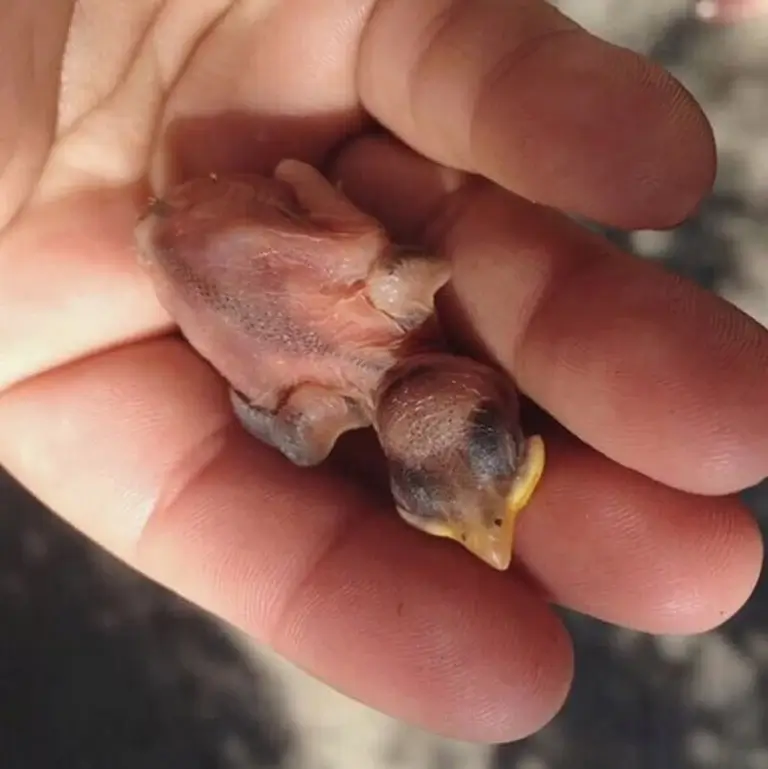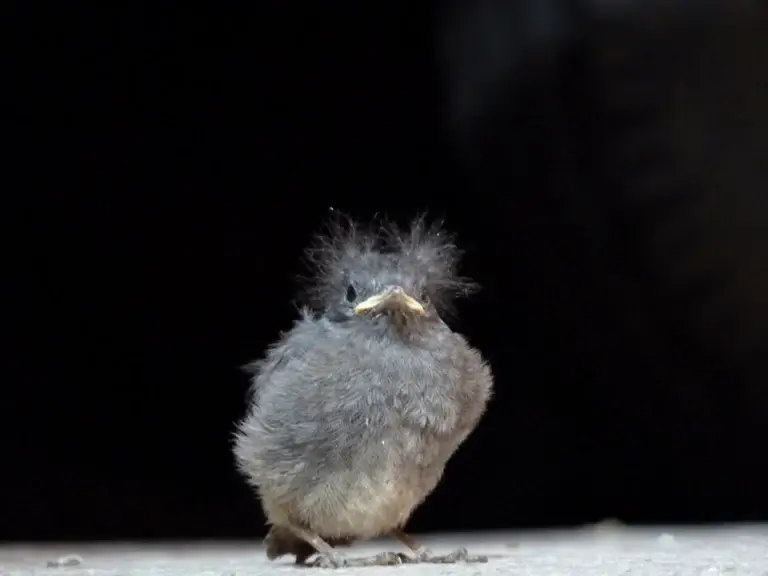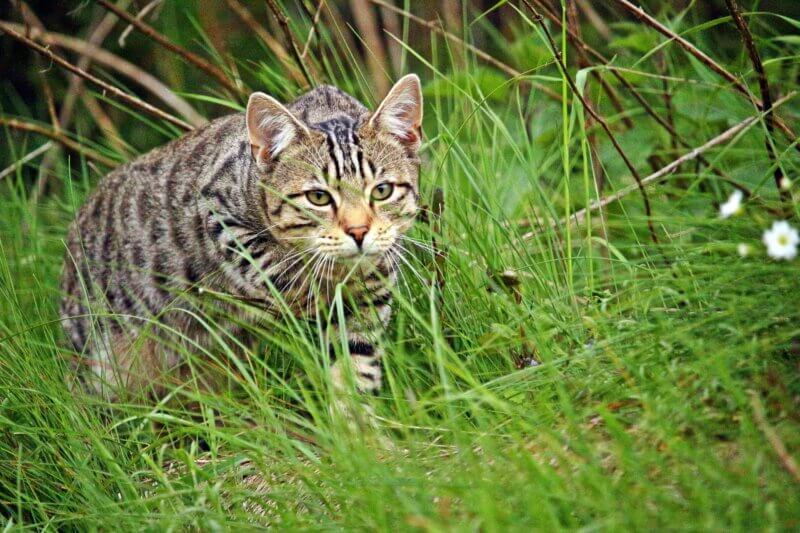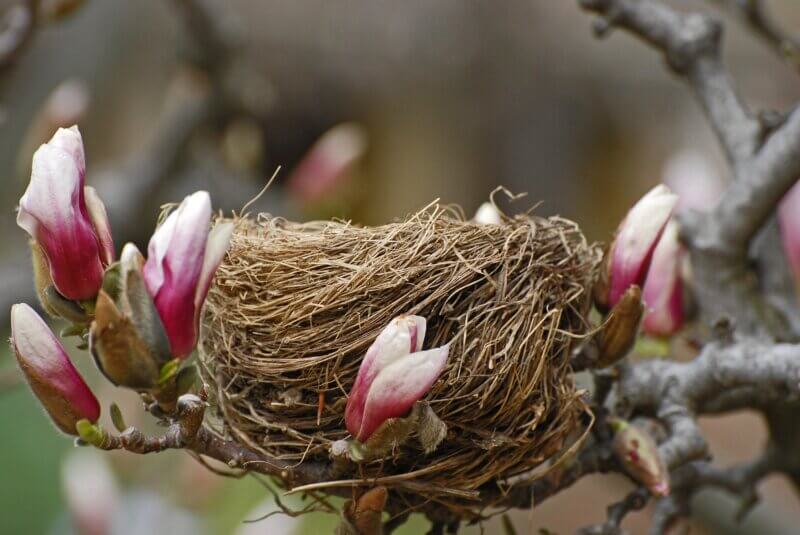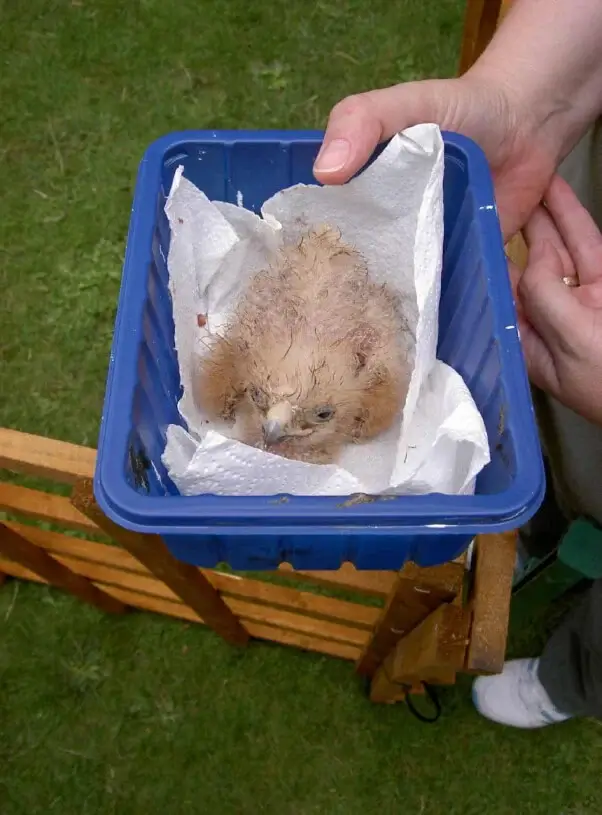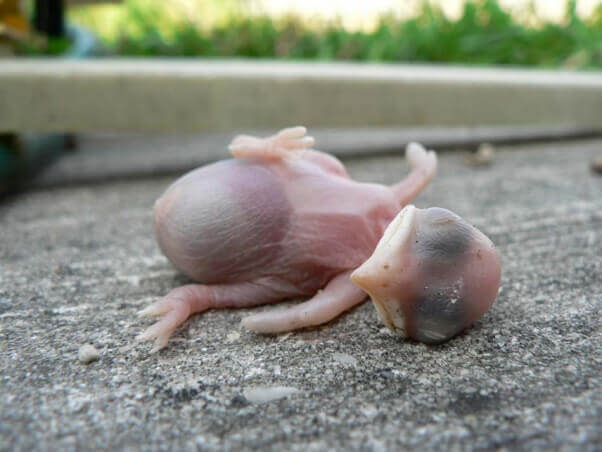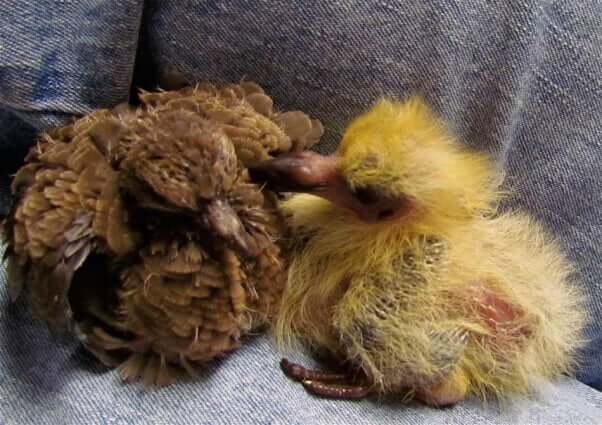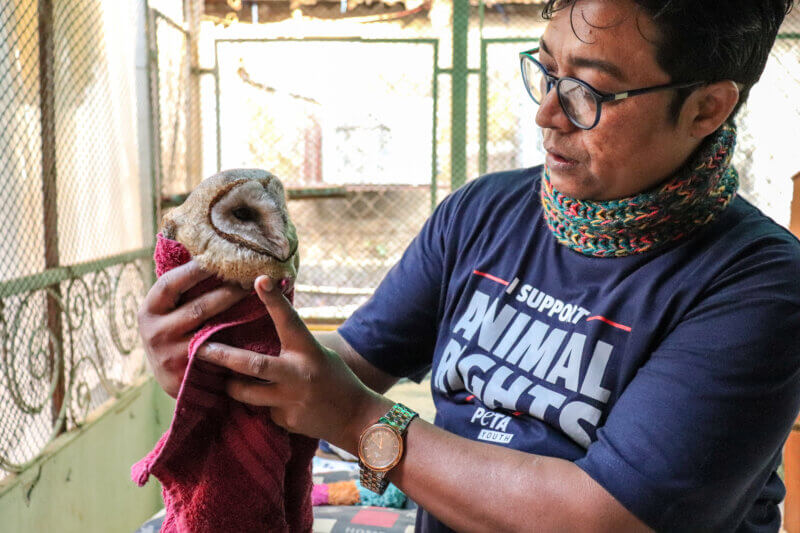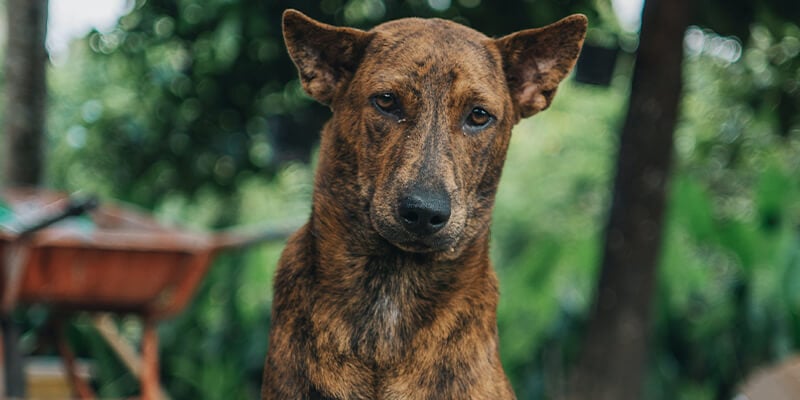What to Do if You Find a Baby Bird
Now that warmer weather is here, young birds who are learning to fly may be spotted on the ground. Often, when people come across these fledglings, they assume the birds need help and will try to save them. While most fledglings don’t need assistance, it’s good to know how to spot the ones who do and to identify nestlings, who are too young to be out of the nest at all!
If you find a young bird out of the nest and on the ground, follow this guide to determine if he or she needs any help as well as the best way to swoop in to offer assistance if necessary:
Is the bird a nestling or a fledgling?
Nestlings
Nestlings have few or no feathers, and if found on the ground, they need your help. These baby birds are too young to leave the nest and are unable to fly. If you’ve found an uninjured baby bird, please proceed to “How to Save Uninjured Nestlings” below.
Fledglings
Fledglings are juvenile birds who have a mix of fuzzy down and adult feathers and are learning to fly. You may come across them hopping along on the ground, perching on low-hanging branches, or hiding under bushes, but as long as they’re healthy, just let them be.
Note: Fledglings are often “rescued” from their natural environment when they don’t need to be.
Is the Fledgling Healthy?
Healthy fledglings can stand upright and will tuck their wings tightly against their bodies. If you find a fledgling on the ground, answer the questions below. If the answer to any of these questions is yes, proceed to “How to Save Orphaned or Injured Birds” below.
- Are there bloody wounds, wet feathers, legs that aren’t bearing weight, drooping wings, or matted or highly ruffled feathers?
- Is the bird lying on his or her side or back or scooting along the ground on his or her stomach?
- Is the bird’s body or head tilting to one side? Is there blood around the nostrils?
- Is the bird cold to the touch and/or noticeably shivering?
- Is the bird in the wide open, nowhere near trees or bushes?
- Are other animals, such as dogs or cats, stalking the bird?
How to Save Uninjured Nestlings
Once you’ve identified a healthy nestling, follow these steps to save baby birds!
- Try to Locate the Nest
If you come across a fallen nestling who isn’t injured, shaking, or weak and you can locate the nest, use clean or gloved hands to place the bird back into the nest quickly. If you’re able to place the baby back into his or her nest, skip to step 3. If you can’t find or reach the nest, move on to step 2.
- Create a Surrogate Nest
If you can’t see or reach the original nest, make one out of a small basket, kitchen strainer, or small plastic container with holes punched in the bottom. Ideally the “nest” should be cereal-bowl shaped, well-padded with tissue paper, and of a non-slippery material; otherwise, the bird’s legs could spread out sideways and become deformed.
Fasten the nest in a sheltered area of the tree closest to the bird’s original location but out of range of any cats or dogs. Parents of nestlings will continue to feed them as long as they remain within 10 yards, they’re responsive, and no people or companion animals are lingering nearby.
- Monitor the Bird
Watch quietly for a few hours to make sure that a parent comes back to feed the nestling. If the parent doesn’t return, follow the steps below for saving an orphaned baby bird.
How to Save Orphaned or Injured Birds
Once you’ve identified an orphaned, injured, or ill nestling or fledgling, follow these steps:
- Secure the Bird
Use clean or gloved hands to place the bird inside a cardboard box lined with paper towels.
- Keep the Bird Warm
While you’re working to get help for the animal, keep him or her warm and quiet by placing a heating pad on the lowest setting under half of the box or placing a small hot water bottle inside the box. Then put the box in a closet or another warm, dark, quiet, and safe place away from people and animals.
Note: Do not offer the bird any food or water, and do not attempt to care for the animal yourself.
- Get Help
Contact your local animal protection group or forest department immediately – every second counts!
If you ever come across an injured animal and are unsure how to help, please call our emergency number: 9820122602.
If you want to become an animal-saving pro, read up on how to help animals in distress.


